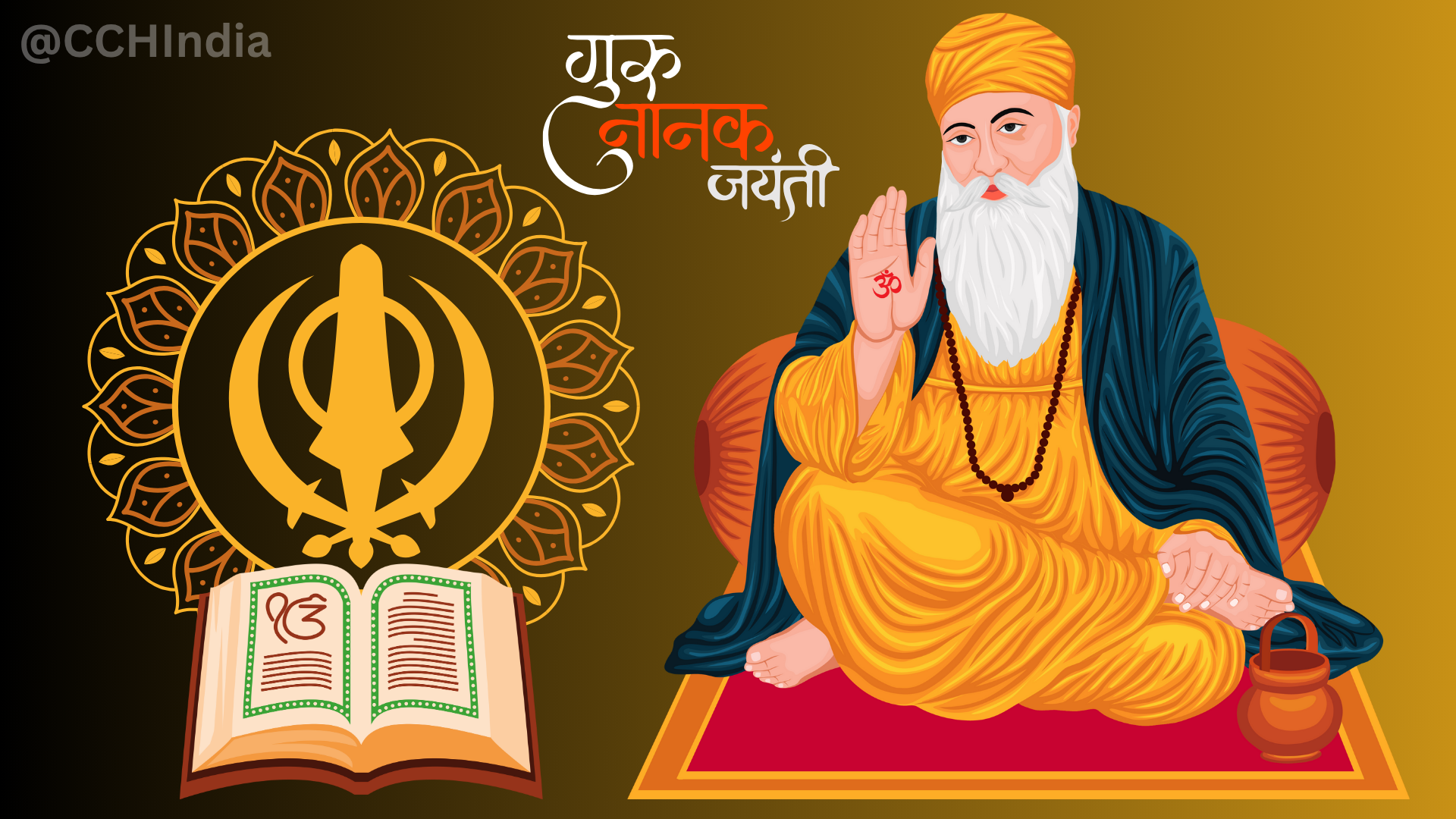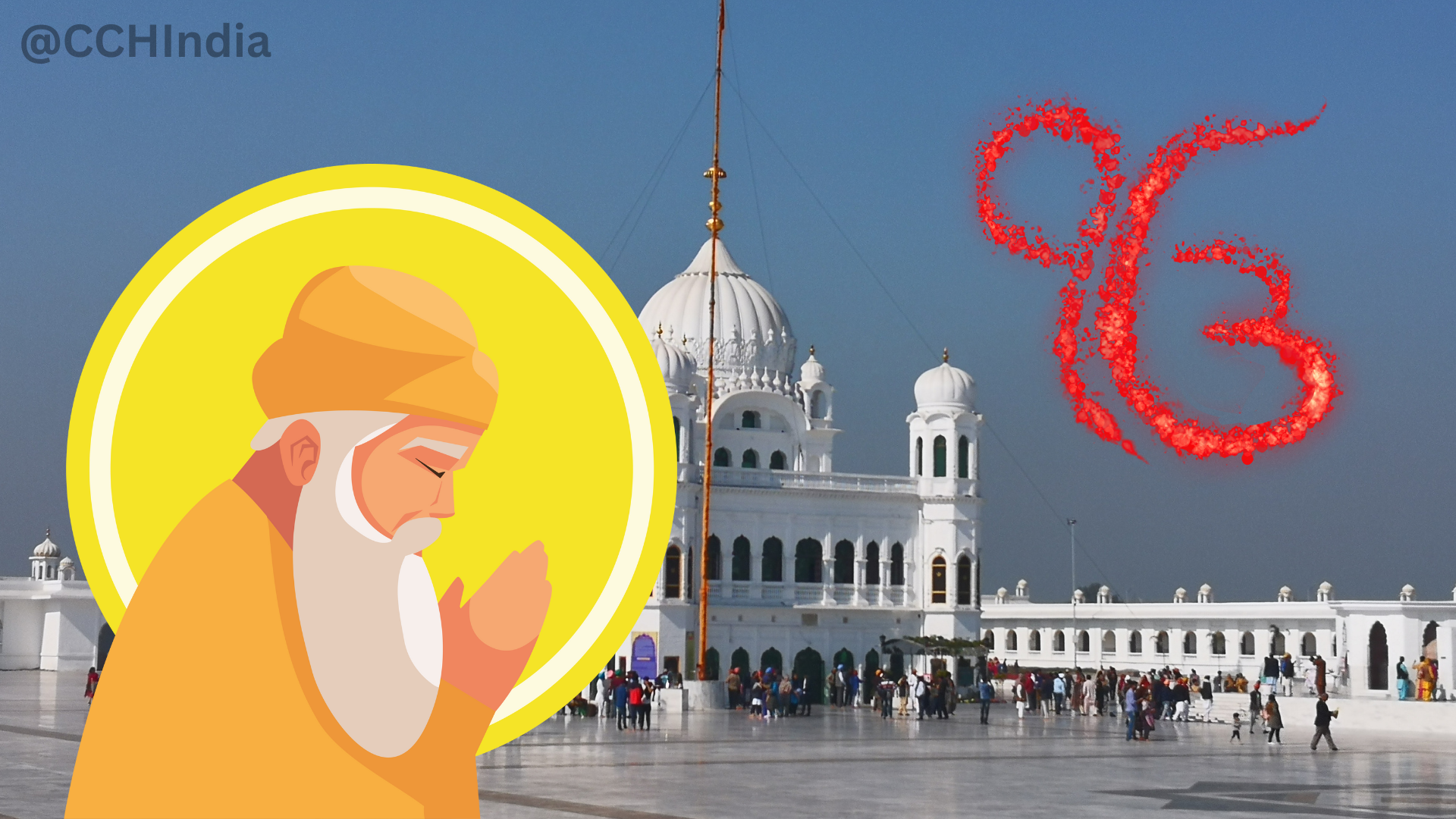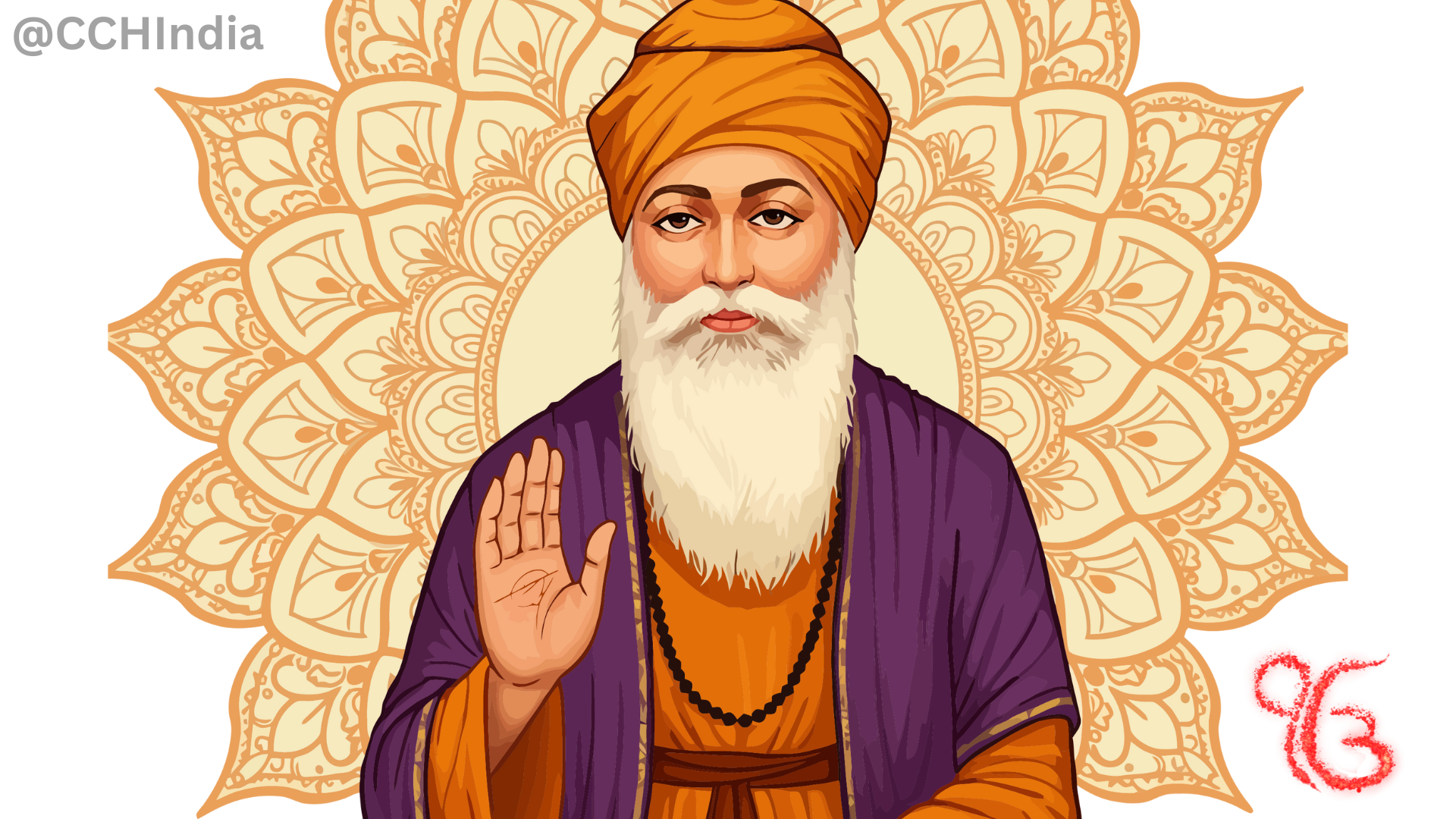Guru Nanak Jayanti Wishes, Quotes, and Messages to Share
Celebrate Guru Nanak Jayanti 2025 with inspiring wishes, quotes, and messages that reflect the divine teachings of Guru Nanak Dev Ji.

Central to the Jagannath Puri Rath Yatra are three chariots dedicated to Lord Jagannath, Lord Balabhadra and Goddess Subhadra. These chariots are magnificent, crafted meticulously and hold deep symbolic meaning.
Table of contents [Show]
The process of construction of the three chariots, one each belonging to Lord Jagannath, Lord Balabhadra and Goddess Subhadra starts months in advance of the festival. Artisans, who are known as Maharanas are given this entrusted task. This is a labour intensive task which spans about 57 days.
The chariot construction begins on Akshaya Trithiya (which was on 30th April 2025) and involves a dedicated team of about 150 to 220 craftsman specialising in different techniques like woodwork, iron fittings and textile decoration.
The craftsman use ancestral measurement systems, without the aid of modern blueprints. No modern machinery or formal engineering training is utilised in the construction. This commitment of not using modern tools and blueprints shows a commitment to preserving traditional knowledge and craftsmanship. This ensures continuity of the skills passed down through generations within the family. Making these chariots is not just a physical structure construction but a revered task with deep connection to the spiritual devotion and the past. Here the focus is on traditional and sacred purity over technological efficiency.
The sacred wood which is used in the chariot construction is carefully selected from specific forests in Orissa. These wooden logs are chosen for their strength and durability, ensuing robust framework and structure which can withstand the grand procession.
The primary tree species used are Phassi (Anogeissus acuminata), valued for its robustness and resistance to termites, making it crucial for the structural integrity of the chariots, Dhausa (Anogeissus latifolia), prized for its durability and used for constructing key components and Simli (Bombax ceiba), which is lightweight yet strong, essential for intricate carvings and decorative elements.
In the construction of the three chariots, approximately 1100 large logs and 865 smaller logs are required. These logs are very carefully transformed into 400-precisely shaped components using tools like Mugdara mallets and Barishi axes. These components fit together to form the beautiful chariots.
The chosen wood from the forests of Orissa arrive at the construction house during Akshaya Tritiya, an auspicious day for new beginnings. The wooden logs are cleansed and given blessings with specific rituals and prayers before the construction work begins.
The three chariots are designed to give an impression of temples on wheels. The vibrant canopies of the chariots are made from Pipili appliqué cloth.
Lord Jagannath’s chariot ‘Nandighosha’ is adorned with yellow and red cloth, stands at 45 feet high and is supported on 16 wheels. Lord Jagannath is depicted with a dark blue complexion.
Lord Balabhadra’s chariot known as Taladhwaja, is decorated with blue and red cloth, it stands at 44 feet height and features 14 wheels
Goodess Subhadra’s chariot Darpadalana is also known as Padmadhwaja. It is wrapped in a black and red cloth, stands as 43 feet height and has 12 wheels
The chariots are pulled in a very specific order. Lord Balabhadra first, followed by Goddess Subhadra, and then Lord Jagannath. This chariots are pulled in a manner showing brother’s protecting the sister. Lord Balram being the elder one moves first and Lord Krishna takes care of the rear end. This journey is symbolic of cosmic balance and divine order as well.

Celebrate Guru Nanak Jayanti 2025 with inspiring wishes, quotes, and messages that reflect the divine teachings of Guru Nanak Dev Ji.

Discover Guru Nanak Dev Ji’s divine journey from Nankana Sahib to Kartarpur, spreading the message of peace, equality, and universal brotherhood.

Discover 10 timeless quotes by Guru Nanak Dev Ji that inspire peace, compassion, and oneness. Explore his divine words that continue to guide humanity toward truth and harmony.

Discover Guru Nanak Dev Ji’s timeless message of Oneness, Equality, and Universal Love. Learn how his teachings of compassion, selfless service, and truth can guide humanity toward peace and unity.

